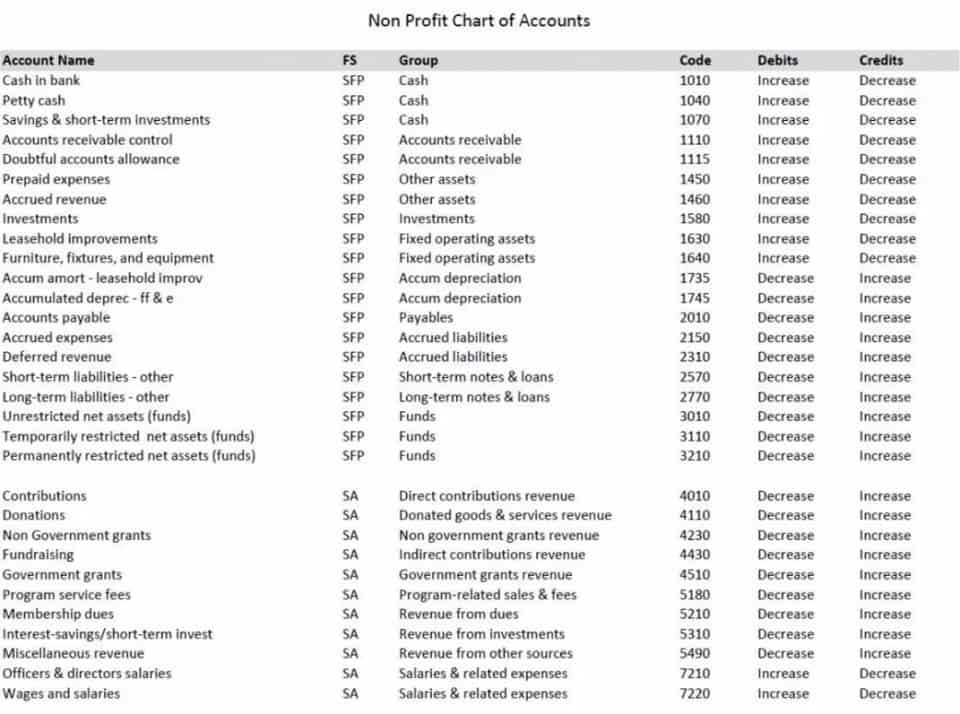
Hedged liabilities are measured at fair value through equity, which can lead to a discrepancy between the hedged asset (or liability) and the hedge instrument. In times of high FX volatility and economic uncertainty, companies can employ strategies to hedge more exposure economically while still qualifying for hedge accounting. Ryan Boos shares how Nike gained flexibility https://www.bookstime.com/bookkeeping-services/new-york and increased hedge accounting capacity. Transactions in over-the-counter derivatives (or “swaps”) have significant risks, including, but not limited to, substantial risk of loss. This material has been prepared by a sales or trading employee or agent of Chatham Hedging Advisors and could be deemed a solicitation for entering into a derivatives transaction.

By placing the digits under the right category, they make it easy for everyone around to get a grip of what has been transpiring within the financial ecosystem of the company. Hedging is one such method that helps them translate the complications into easy and comprehensible financial sheets. The income statement and the balance sheet are much easily understandable once the accountants have put the pieces together. You never want to be caught in a situation where you are over-hedging because of missed forecasts. If you have any inkling that some portion of the €100 million of forecasted revenue isn’t likely to occur, you should only hedge the portion that is highly probable to occur. For this reason, many companies choose to layer on hedges over time.
2 Introduction to hedge accounting
For additional insights, see this discussion on our Forums regarding presentation in OCI (items that will not be reclassified subsequently to profit or loss vs items that will be reclassified). The adjustment to the carrying value of a hedged item is often referred to as a ‘basis adjustment’. Under IAS 39, derivatives must be recorded on a mark-to-market basis. Thus, if a profit is taken on a derivative one day, the profit must be recorded when the profit is taken.
- This accounting applies to anything being hedged, such as foreign exchange positions, cash flows, and interest rates.
- While this is likely to be a moderate amount of protection, it is often sufficient to cover a brief downturn in the index.
- This reduces the large swings seen by the changes in fair market value.
- The effectiveness of a derivative hedge is expressed in terms of its delta, sometimes called the hedge ratio.
- In times of high FX volatility and economic uncertainty, companies can employ strategies to hedge more exposure economically while still qualifying for hedge accounting.
When financial statements are volatile, companies receive little or no help when they need it. As with the more commonly known hedge funds, this approach is used to lower the risk of overall losses by assuming an offsetting position in relation to a particular asset or liability. This is known as fair value accounting, or mark to market accounting. Hedging against investment risk means strategically using financial hedge accounting meaning instruments or market strategies to offset the risk of any adverse price movements. The revised standard enables companies to devise new hedging strategies, enhance or improve existing strategies, and remove some complexity from the financial reporting process. Even so, some consumer companies may continue to struggle with hedge accounting’s legacy reputation as a process fraught with challenges and risk.
Types of hedged items
As a result, in 2017, a new hedge accounting standard, IFRS 9, was launched to simplify the process, provide greater flexibility and open up the benefits of hedge accounting to more companies. A classic example of hedging involves a wheat farmer and the wheat futures market. The farmer plants his seeds in the spring and sells his harvest in the fall. In the intervening months, the farmer is subject to the price risk that wheat will be lower in the fall than it is now. While the farmer wants to make as much money as possible from his harvest, he does not want to speculate on the price of wheat. So, when he plants his wheat, he can also sell a six-month futures contract at the current price of $40 a bushel.
As such, even if an investment is performing poorly, you may want to hold onto it. The gains made in the hedge investment are used to minimize the losses from the original security. As discussed, the main benefit of using hedge accounting is to reduce income statement volatility, which could affect the overall performance of a business. Delta is a risk measure used in options trading that tells you how much the option’s price (called its premium) will change given a $1 move in the underlying security.
How Can a Protective Put Hedge Downside Losses?
And, therefore, they would have been better off not hedging against this risk. To protect against the uncertainty of agave prices, CTC can enter into a futures contract (or its less-regulated cousin, the forward contract). A futures contract is a type of hedging instrument that allows the company to buy the agave at a specific price at a set date in the future.
A commercial hedger is a company or producer of some product that uses derivatives markets to hedge their market exposure to either the items they produce or the inputs needed for those items. It may therefore buy corn futures to hedge against the price of corn rising. Similarly, a corn farmer may sell corn futures instead to hedge against the market price falling before harvest.


No responses yet